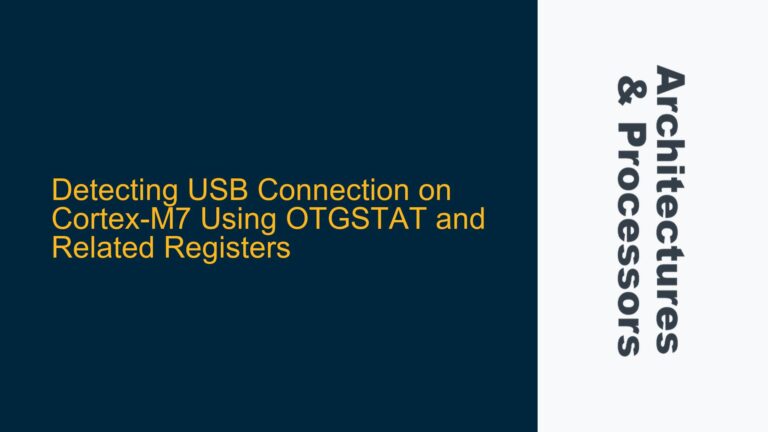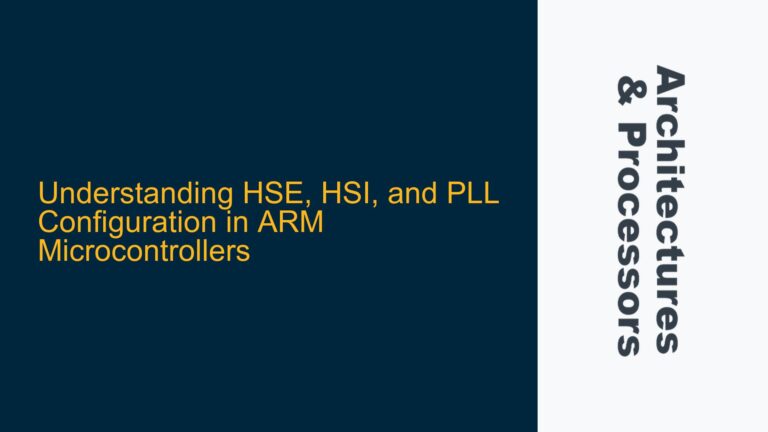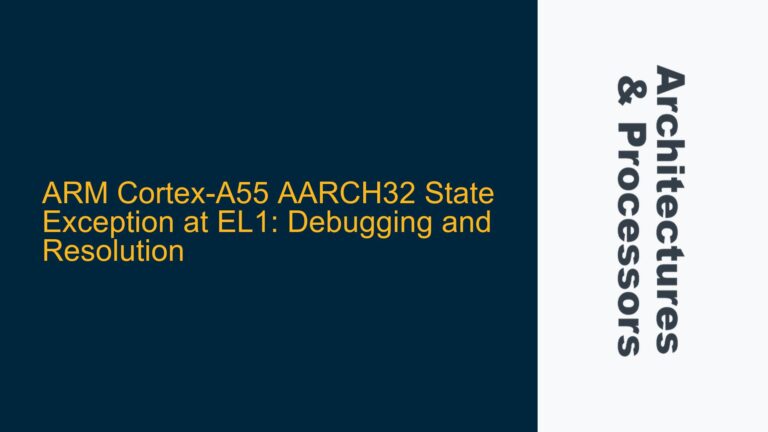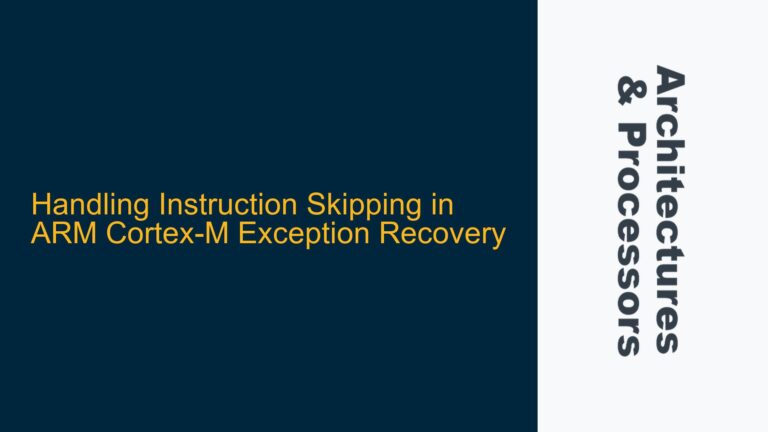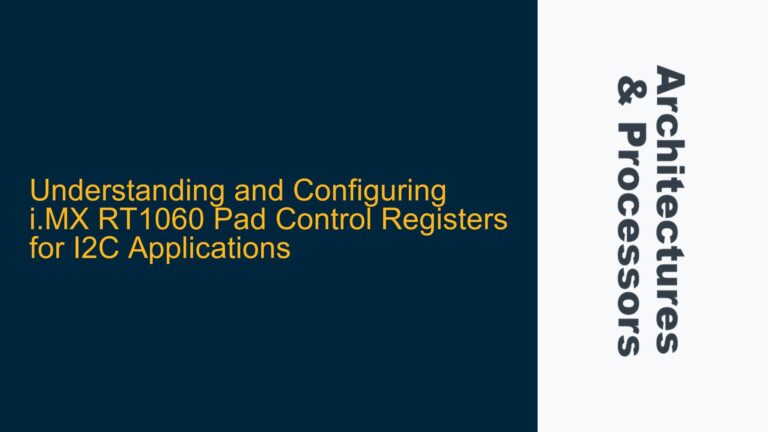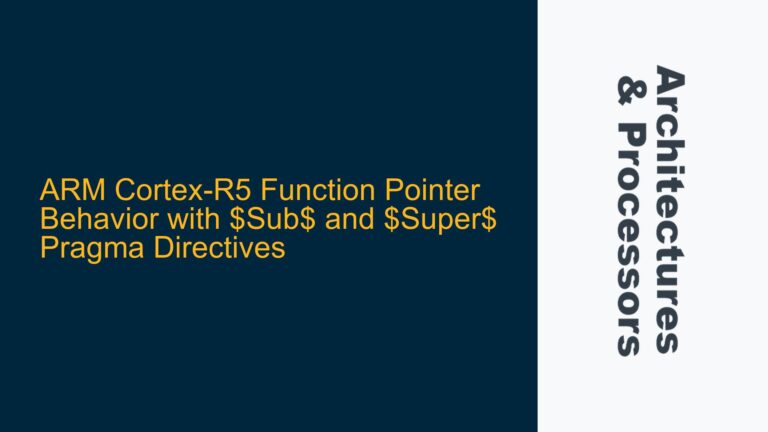Detecting USB Connection on Cortex-M7 Using OTGSTAT and Related Registers
USB Connection Detection Challenges on Cortex-M7 OTG Peripheral Detecting a USB connection on a Cortex-M7 microcontroller, particularly when migrating from a K20 processor, involves understanding the differences in USB OTG (On-The-Go) peripheral implementations and register mappings. The K20 processor uses the LINESTATESTABLE field in the OTGSTAT register to reliably detect USB connections. However, the Cortex-M7,…
